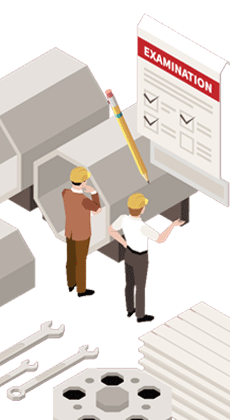Stay Updated on India's Construction Economy
Subscribe to CW's Daily Newsletter With Handpicked and Curated Stories
Hi There!
Now get regular updates from CW Magazine on WhatsApp!
Click on link below, message us with a simple hi, and SAVE our number
You will have subscribed to our Construction News on Whatsapp! Enjoy



Stay Updated on India's Construction Economy
Subscribe to CW's Daily Newsletter With Handpicked and Curated Stories


Schedule a Call Back

On the latest construction news through our weekly newsletter
Thank you for subscribe our newsletter